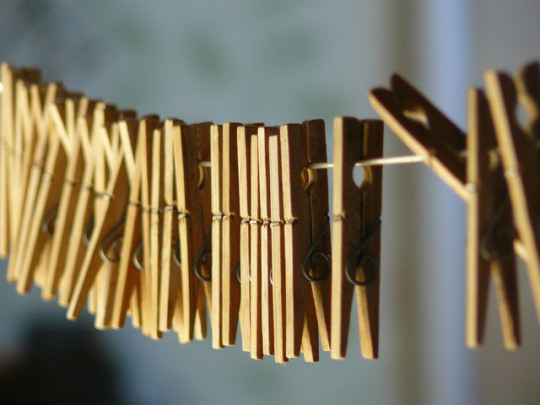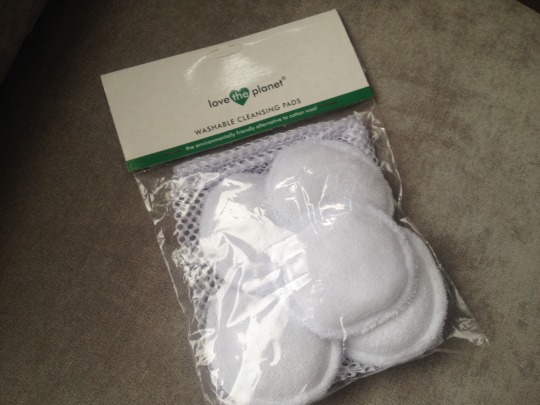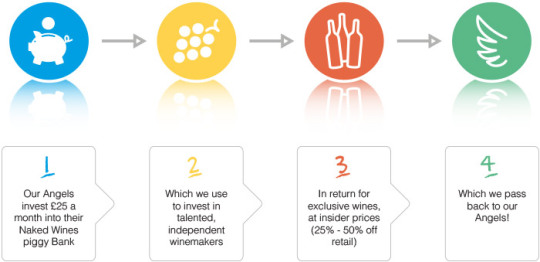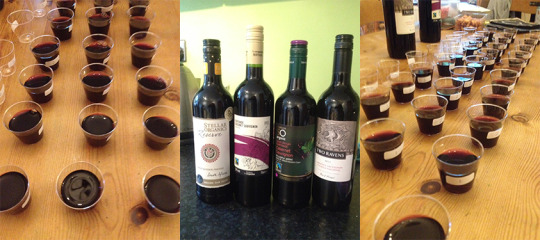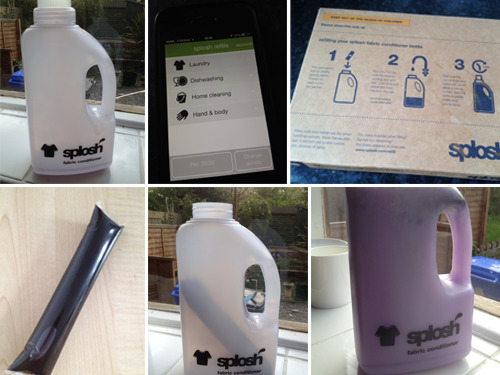
I’m going to come right out and say it, ‘I love social media’. I love being connected to friends who have moved far away, I love witnessing kids grow up, marriages start and adventures be taken. I love online forums and groups which keep me up-to-date on events and even teach me how to make the best use of my slow-cooker (an important life skill!). Social media has, in many ways, made my life richer but as I’ve embarked on my year of not buying clothes I’ve realise that social media is also making me poorer, actually poorer!
Technical whizz kids have made it possible for adverts to appear for all the stuff I love, apparently it’s down to those pesky web cookies! This source of temptation is easily dealt with by the lovely people at Ad-blocker who stop adverts in their tracks. The problem for me is that I’m advertised to constantly by Facebook through groups and links to my friends likes. I find it oh too easy to click on tempting adverts for the Fatface or Boden sale (yep I’m that girl!). These adverts frequently create a desire in me for something I didn’t need five minutes ago.
To give myself a fighting chance I’ve had a social media purge. I’ve unfollowed various brands and shops, hidden adverts and told facebook not to show me anything relating to clothing! Alongside this I’ve started unsubscribing to marketing emails, everything that’s trying to sell me anything. I know I could make all of these go into a spam file but it’s actually quite satisfying to completely rid myself of them. Plus when I’m asked why I’m unsubscribing it’s fun to write ‘taking a break from buying’!
So now my news feed is cleaner, my inbox is lighter and strangely enough I’m not finding myself wasting hours scrolling through the latest White Stuff sale.
I have everything I need even if a red ‘sale’ banner would try to tell me otherwise!
